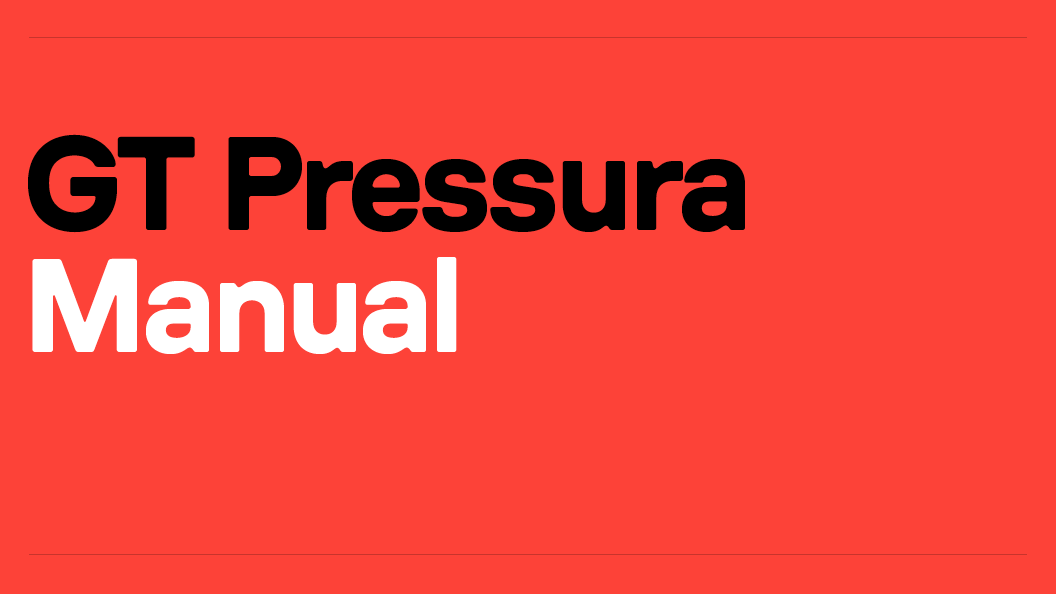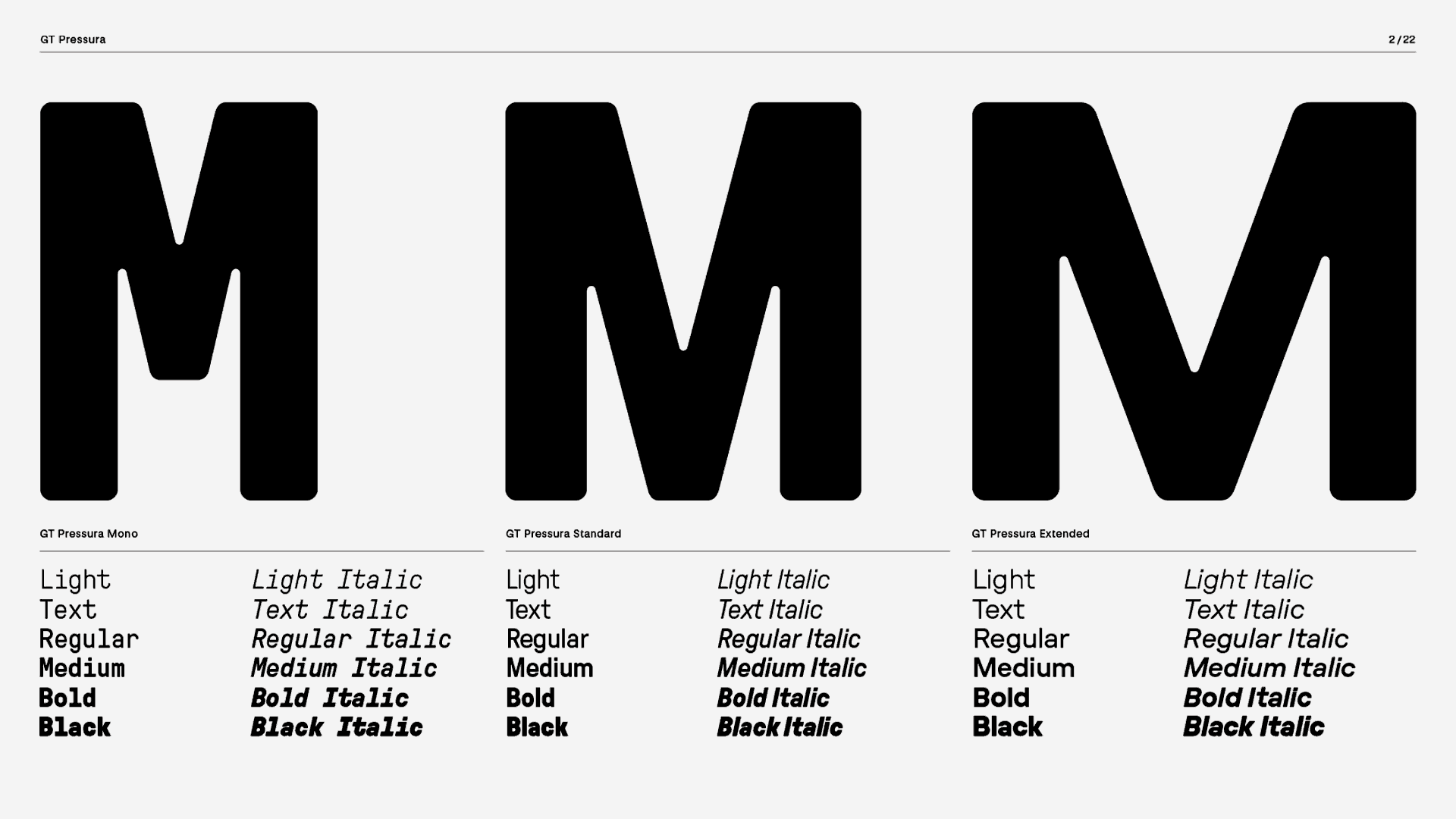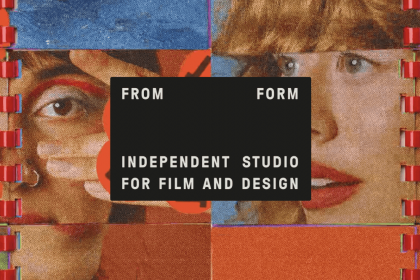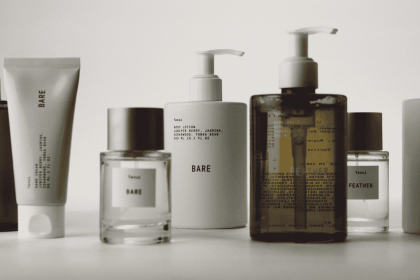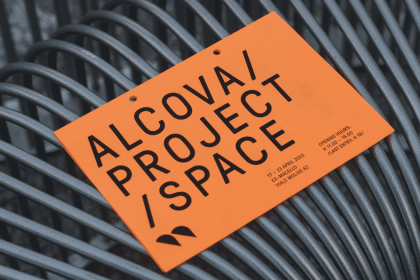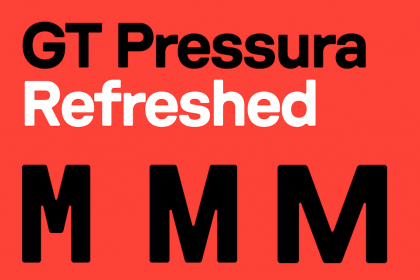GT Pressura
Family overview
- Standard
- Light Italic
- Text Italic
- Regular Italic
- Medium Italic
- Bold Italic
- Black Italic
- Mono
- Light Italic
- Text Italic
- Regular Italic
- Medium Italic
- Bold Italic
- Black Italic
- Extended
- Light Italic
- Text Italic
- Regular Italic
- Medium Italic
- Bold Italic
- Black Italic
Subfamilies
- Standard LightLTL shipments range from 50 to 7,000 kg (110 to 15,430 lb), being less than 2.5 to 8.5 m (8 ft 2.4 in to 27 ft 10.6 in) the majority of times.
- Standard Light Italic45' High Steel Cargo, 60,960 lb, 45' x 8' x 9'6", 3,036 cubic feet
- Standard TextJapan Post Service, Tokyo, Japan, 2007 Norio Kitamura
- Standard Text ItalicFacilitate their handling and to allow stacking, as well as being identifiable through their individual, unique ISO 6346 reporting mark.
- Standard RegularΤα πλοία που μεταφέρουν έτοιμα συσκευασμένα φορτία σε τέτοιες κατασκευές ονομάζονται επίσημα εμπορευματοκιβωτιοφόρα συνηθίζεται όμως αντ' αυτού ο αγγλικός όρος κοντέινερ σιπ ως περισσότερο εύχρηστος.
- Standard Regular Italic45' High Steel Cargo, 60,960 lb, 45' x 8' x 9'6", 3,036 cubic feet
- Standard MediumPressing down on you
- Standard Medium ItalicThese containers are known under a number of names, such as simply container, cargo or freight container, ISO container, shipping, sea or ocean container,
- Standard BoldTrailers used in LTL can range from 28 to 53 ft (8.53 to 16.15 m). The standard for city deliveries is usually 48 ft (14.63 m). In tight and residential environments the 28 ft (8.53 m) trailer is used the most.
- Standard Bold ItalicThis system used roller containers for transport by rail, truck and ship, in various configurations up to 5,500 kg (12,100 lb) capacity, and up to 3.1 by 2.3 by 2 metres (10 ft 2 in × 7 ft 6 1⁄2 in × 6 ft 6 3⁄4 in) in size.
- Standard BlackThe average single piece of LTL freight is 600 kg (1,323 lb) and the size of a standard pallet. Long freight and/or large freight are subject to extreme length and cubic capacity surcharges.
- Standard Black ItalicA system was selected for Western Europe, based on the Netherlands' system for consumer goods and waste transportation called Laadkisten (lit. "Loading bins"),
- Settings
Typeface information
GT Pressura is inspired by metal type printing history as well as engineered letters stamped onto shipping boxes. It uses the visual gesture of ink spreading under pressure as a stylistic device, offering an alternative to more spindly typefaces of the digital age.
Typeface features
OpenType features enable smart typography. You can use these features in most Desktop applications, on the web, and in your mobile apps. Each typeface contains different features. Below are the most important features included in GT Pressura’s fonts:
- TNUM
- Tabular Figures
13.07.2048
- SS01
- Alternate a
React
- CASE
- Case sensitive forms
¿TE GUSTA?
Typeface Minisite
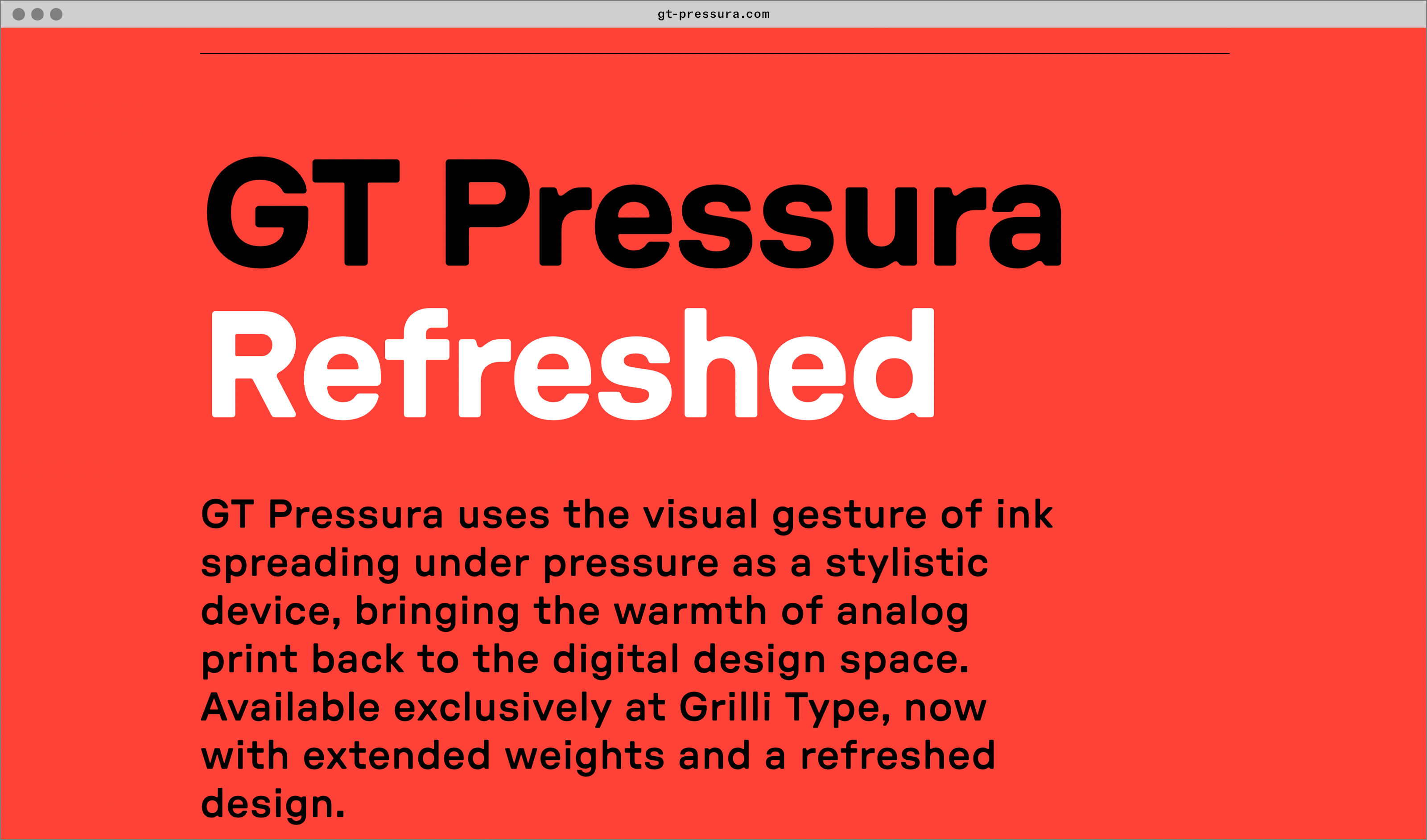
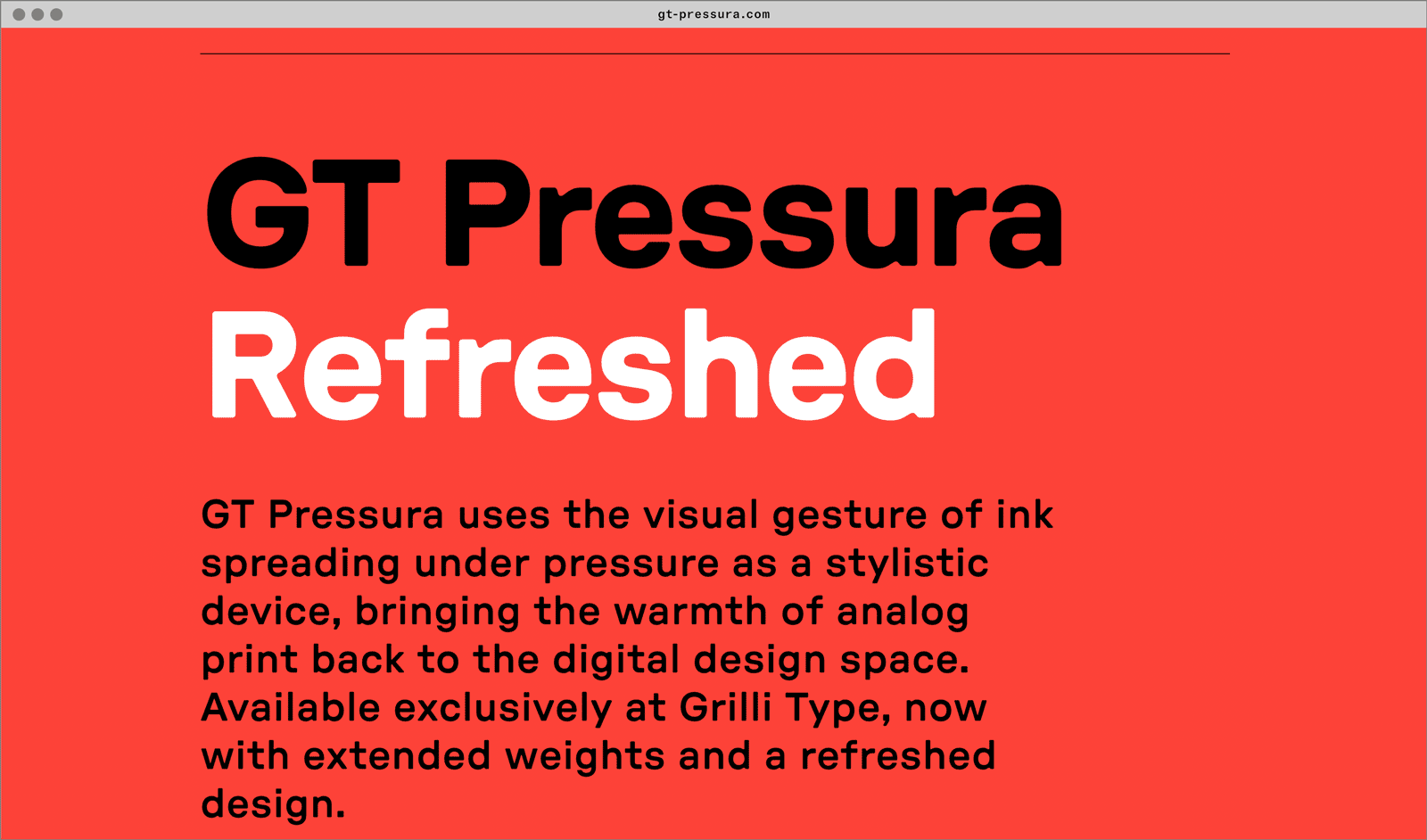
- Visit the GT Pressura minisite to discover more about the typeface family’s history and design concept.
GT Pressura in use
